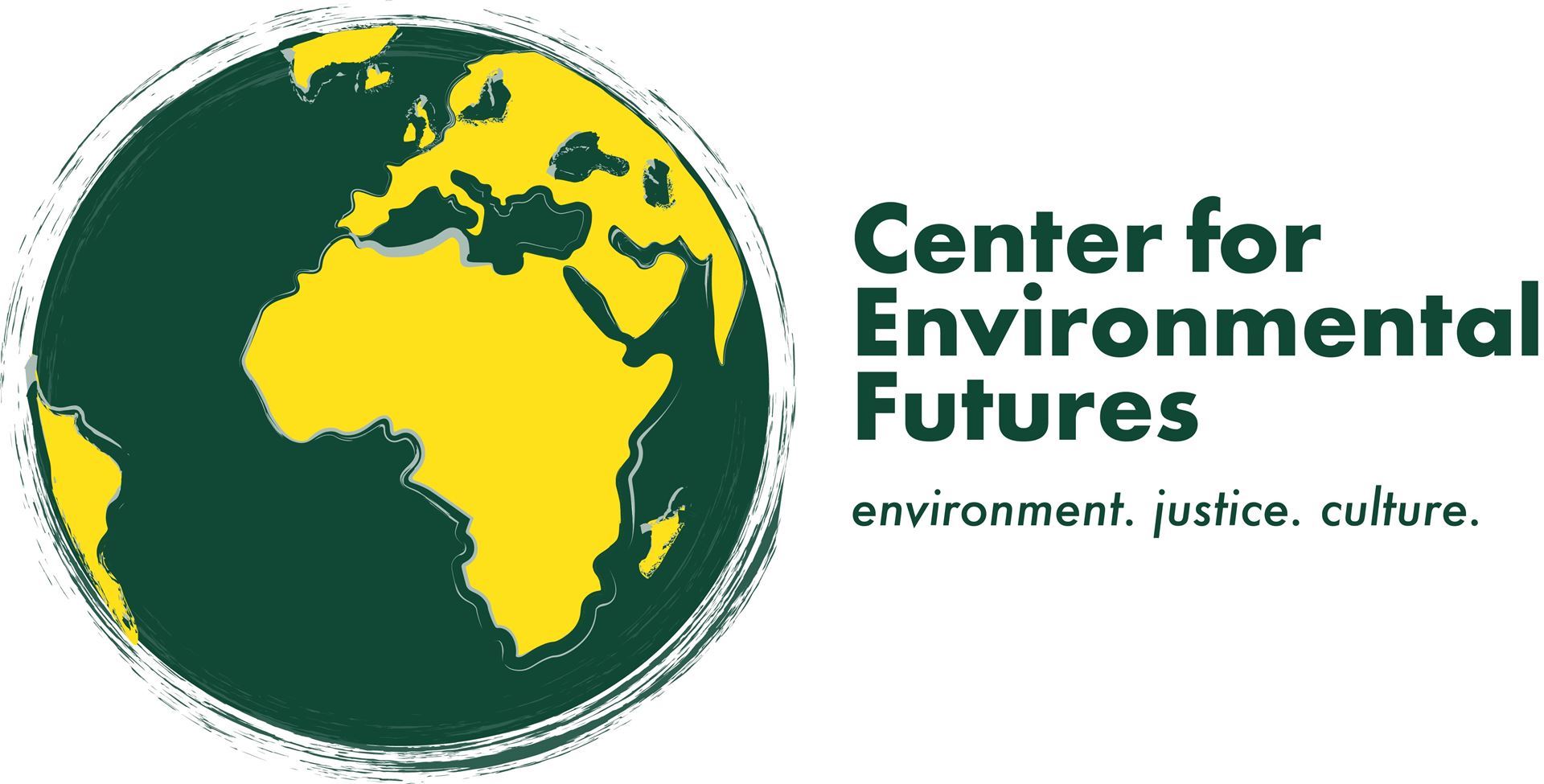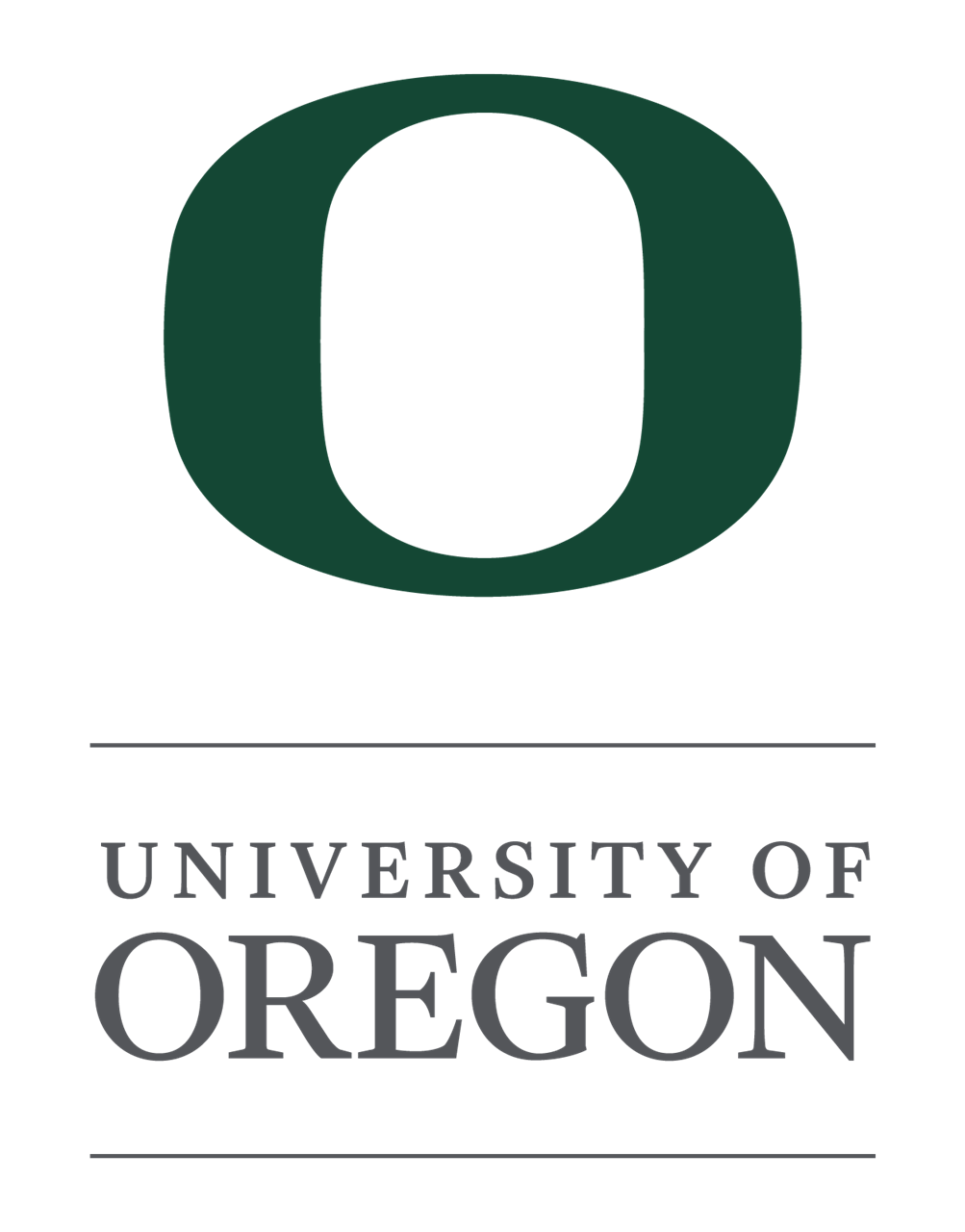ASEH 2022 March 23-27, 2022 The Graduate Eugene
|
ASEH 2022 Field Trips Eugene, OR The Local Arrangements Committee has organized eight exciting adventures for conference attendees, six on Friday afternoon, March 25, 2022, and two post-conference field trips on Sunday, March 27, 2022. Space is limited, so sign up now on the registration page. FRIDAY MARCH 25 1. Brewery and Cidery Walking Tour 2:00 – 5:00 pm
2. University of Oregon and Oregon Museum of Natural and Cultural History 2:00 – 5:00 pm
3. Fall Creek/Clark Timber Sale 1:30 – 5:00 pm
4. Beyond Toxics Tour of West Eugene 2:00 – 5:00 pm
5. Birding at William L. Finley National Wildlife Refuge 12:15 – 5pm, including 50 minutes of travel each way.
6. 2020 Holiday Farm Fire and H.J. Andrews Experimental Forest. 12:15 – 5:00 pm including 1:30 hour transport in each direction
7. Bauman Tree Farm Tour. 12:30 pm - 4:30 pm
SUNDAY MARCH 27 8. Oregon Coast and Dunes. 9:00 am – 4:00 pm
9. Oregon Vineyards. 1:00 pm – 4:00 pm
|
Thank you to the Sponsors of ASEH 2022 |
|
|
|




